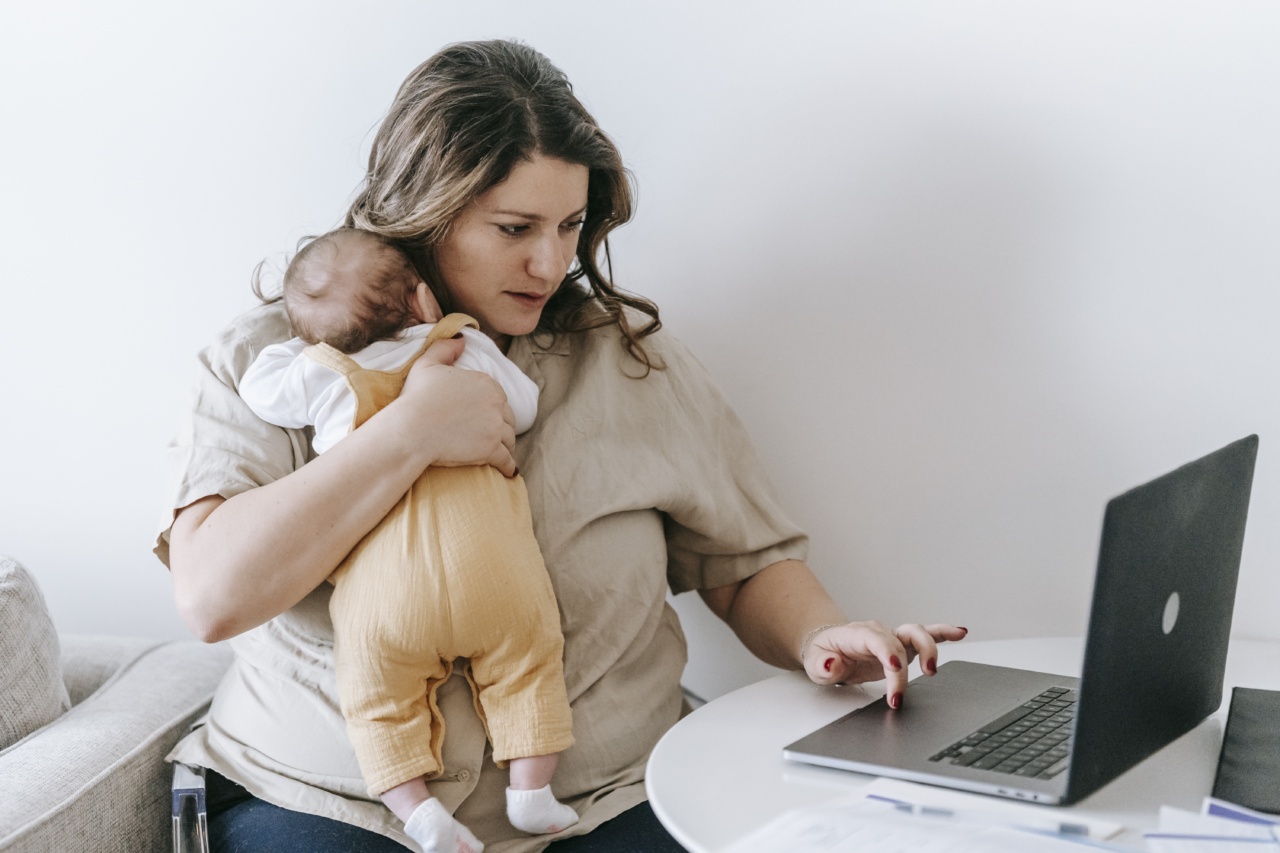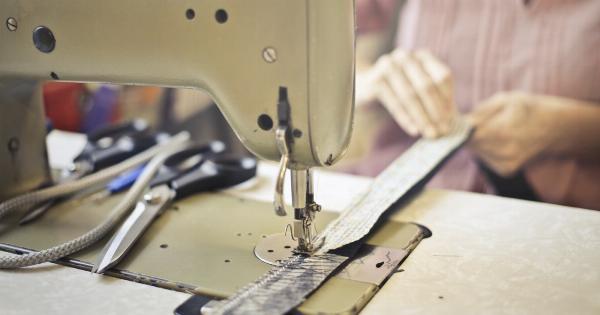A baby harness attaches to the parent or caregiver’s body allowing them to carry a baby or child hands-free. This may come in the form of a baby carrier, sling, or wrap.
These devices can make it easier for adults to carry their child, especially during long walks or while traveling.
Why Use a Baby Harness?
Using a baby harness can have several advantages for both the caregiver and the baby. It can be beneficial for the following reasons:.
Convenience
Using a baby harness allows caregivers to have their hands free to perform other activities such as cooking, cleaning, or doing chores.
Mobility and Accessibility
Baby harnesses enable caregivers to move around freely while they are carrying their baby. They can also use public transportation or navigate crowded areas like airports more easily than they might if they were carrying their baby in their arms.
Bonding and Comfort
A baby harness can provide a sense of closeness and bonding between the caregiver and the baby, as the baby is held close to the caregiver’s body.
This closeness and comfort can be especially beneficial for newborns and infants, who require lots of attention and physical contact.
How to Use a Baby Harness
It is important to follow the manufacturer’s instructions when using a baby harness, carrier, or sling. Here are some general guidelines:.
Choose the Right Harness
There are many different types of baby harnesses available, and it is important to choose one that is appropriate for your baby’s age, weight, and size.
Check the weight limits and age recommendations of the harness, and make sure it fits your body well. The harness should distribute your baby’s weight evenly across your shoulders and hips.
Practice First
Before using a baby harness for the first time, practice putting it on and taking it off with a doll or stuffed animal. This will help you get comfortable with the harness and ensure that you know how to use it before you try it with your baby.
Position Your Baby Correctly
When putting your baby into the harness, make sure their airway is clear, and their hips are in the correct position. Babies should be held with their knees up and their hips flexed.
This will help prevent hip dysplasia, a condition that can occur when the baby’s hips are not held in the correct position.
Check for Safety
Always check that the harness is secure before using it, and periodically check it while you are wearing it. Be sure to use the harness according to the manufacturer’s instructions, and never modify it in any way.
Potential Risks and Concerns
While using a baby harness can be beneficial, there are also potential risks and concerns to be aware of. These include:.
Positioning and Hip Development
As mentioned earlier, it is essential to correctly position a baby’s hips in a baby carrier. Failure to do so can contribute to hip dysplasia, a condition where the hip joint may become dislocated or unstable.
To minimize the risk of hip dysplasia, use a baby carrier that supports the baby’s thighs and allows their legs to fall naturally into a ‘frog’ position. Always follow the manufacturer’s instructions and guidelines, especially when it comes to the age and weight limits of the baby carrier.
Breathing and Airway
Baby carriers that do not support the baby’s head and neck can pose a risk of suffocation if the baby’s face becomes pressed against the caregiver’s body.
To prevent this from happening, always keep the baby’s face uncovered and visible at all times.
Heat and Overheating
Baby harnesses and carriers can get quite warm, especially in hot weather conditions, and this can lead to overheating. To avoid overheating, choose a breathable carrier that allows air to circulate around the baby’s body.
Do not overdress the baby, and ensure that they are comfortable and not too warm.
Conclusion
Using a baby harness can be a great way to keep your baby close and your hands free. However, it is crucial to choose the right type of harness for your baby and to ensure that it is used correctly.
Always follow the manufacturer’s instructions, and watch out for any potential safety concerns or risks.































